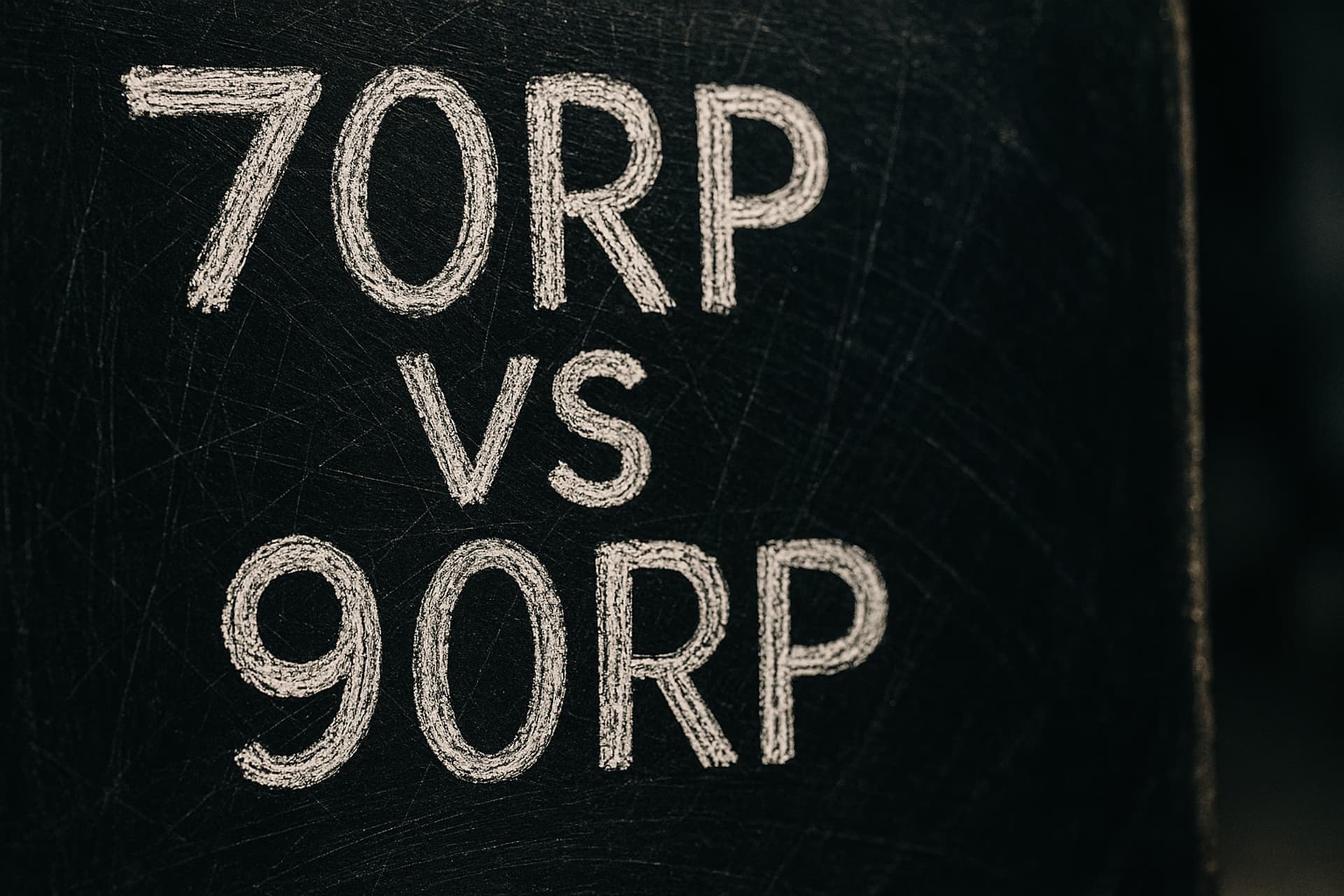O-Level Chemistry ACE Evaluation Clinic
Download printable cheat-sheet (CC-BY 4.0)14 Nov 2025, 00:00 Z
A
Reviewed by
Azmi·Senior Chemistry Specialist
Want small-group support? Browse our IP Chemistry Tuition hub.
TL;DR
ACE marks demand more than quoting observations — you must interpret data, conclude realistically, and suggest improvements tied to actual apparatus (SEAB 2026 syllabus, pp. 25–26).
This clinic supplies plug-and-play language banks for titration, calorimetry, gas collection, separation, and qualitative analysis tasks, anchored to the official practical techniques list (p. 27).
Use it alongside the measurement accuracy lab and separation guides to write confident ACE paragraphs under exam time pressure.
1 | Decode the ACE descriptors
- Analysis. Manipulate raw data (averages, gradients, percentage changes), relate results to theory, compare against literature values.
- Conclusion. State what the data shows, including direction/magnitude, supported by processed numbers.
- Evaluation. Identify significant errors, explain their effect, and propose realistic improvements that fit the school lab context.
- Prediction. Some questions ask for forward-looking statements (e.g., “If temperature doubles…”); ground answers in the processed data trend.
Keep the SEAB language handy: “analyse and interpret,” “draw conclusion(s),” “identify significant sources of error,” “state and explain improvements.”
2 | Analysis templates by experiment type
| Experiment | Key analysis moves | Example phrasing |
| Titration | Average concordant titres, convert to moles/mass, compute percentage purity | “Average titre = 24.65 cm³ (within 0.10 cm³); concentration of acid = 0.102 mol dm⁻³, giving ninety-eight percent purity.” |
| Calorimetry | Correct temperature change, calculate heat ( q = mc\Delta T ), compare to literature | “Temperature rose by 6.2 °C; heat released = 1.55 kJ. This is eight percent lower than handbook value due to heat loss.” |




